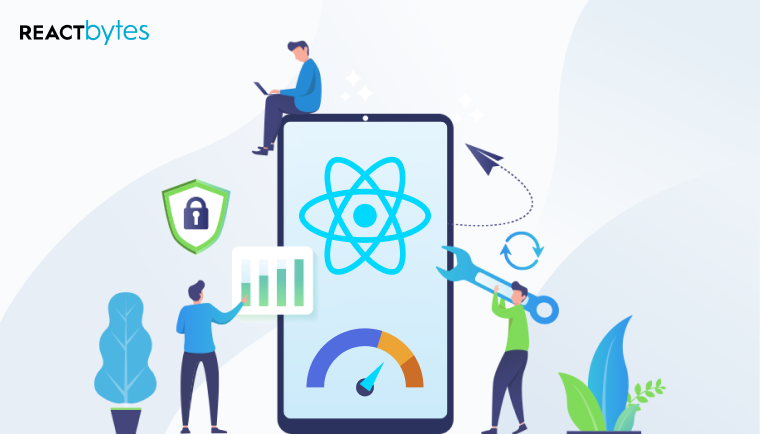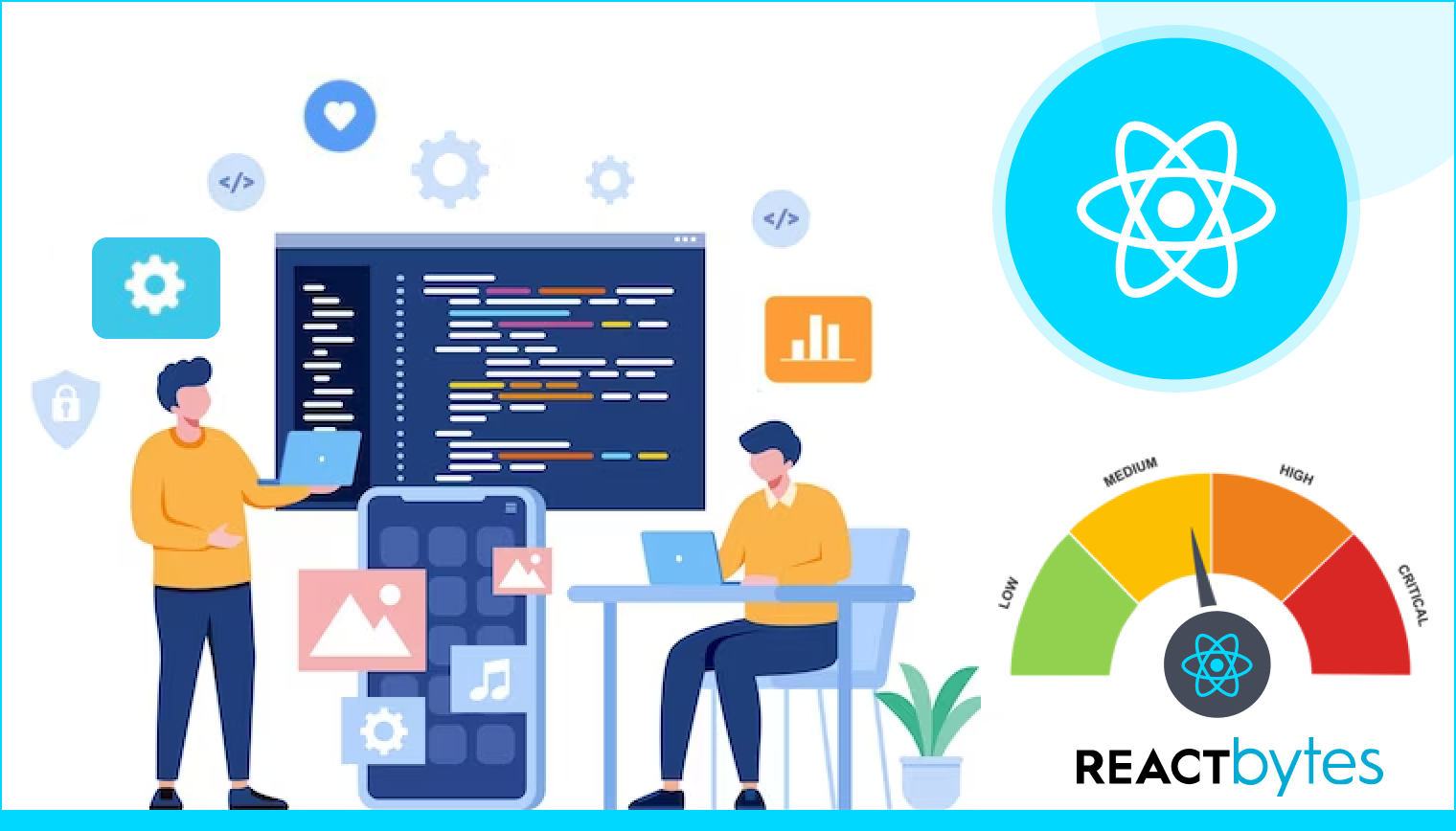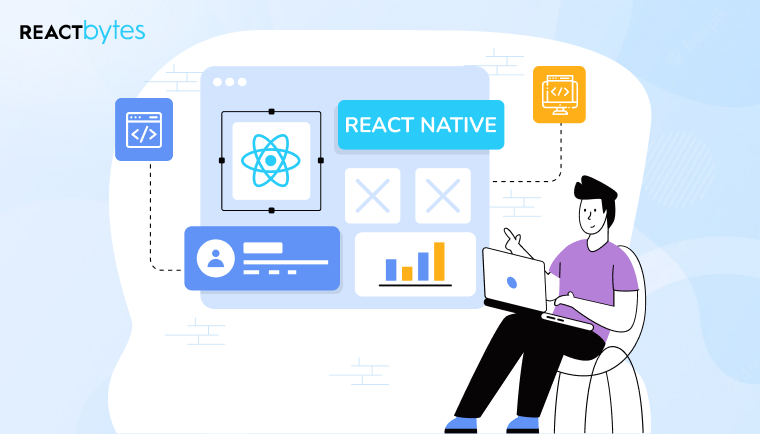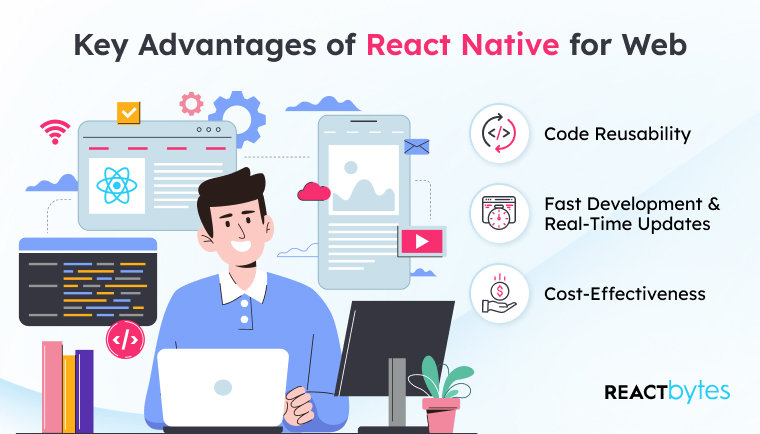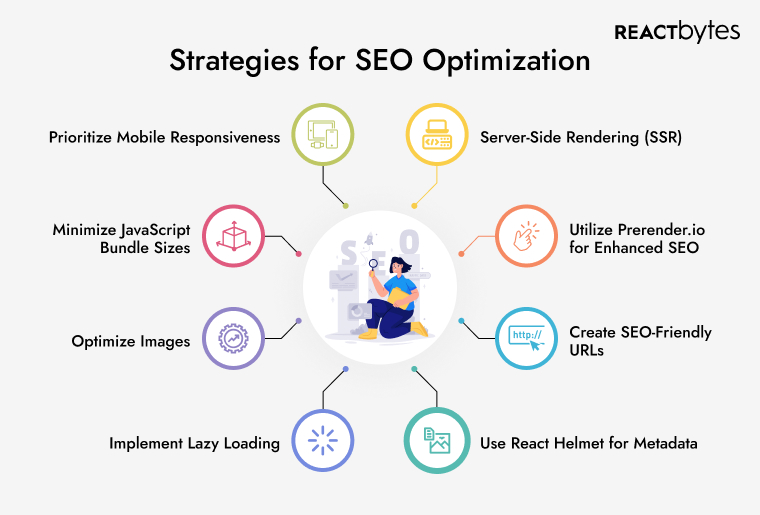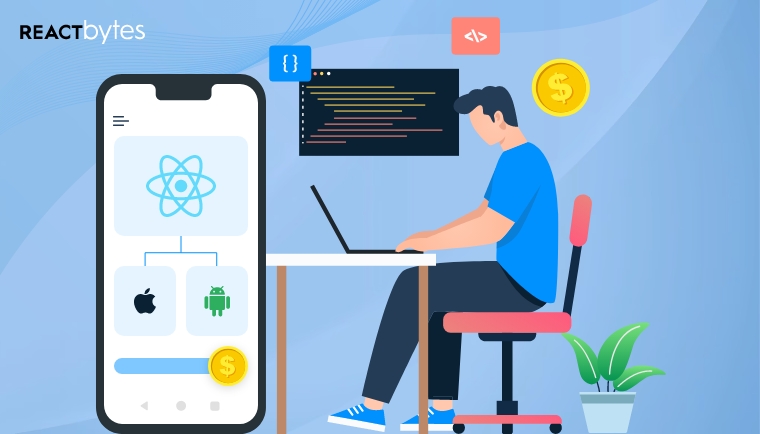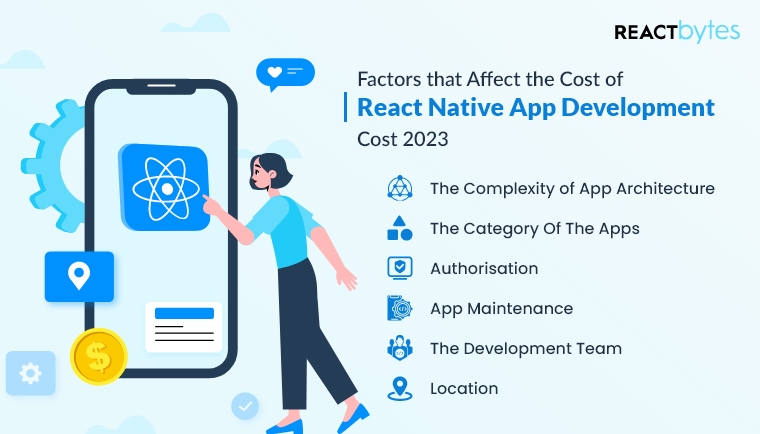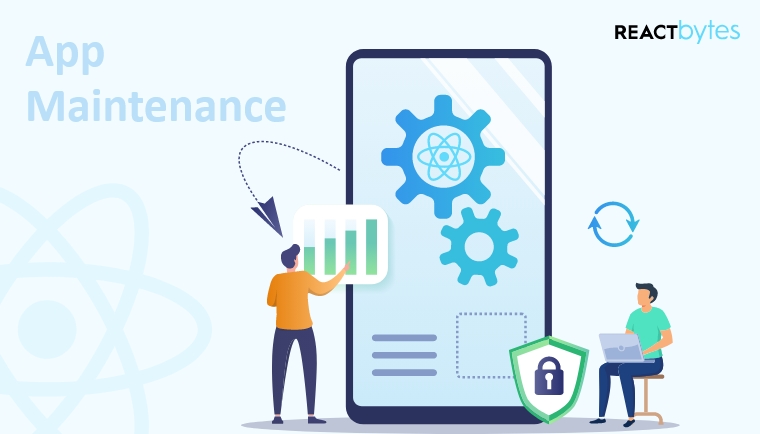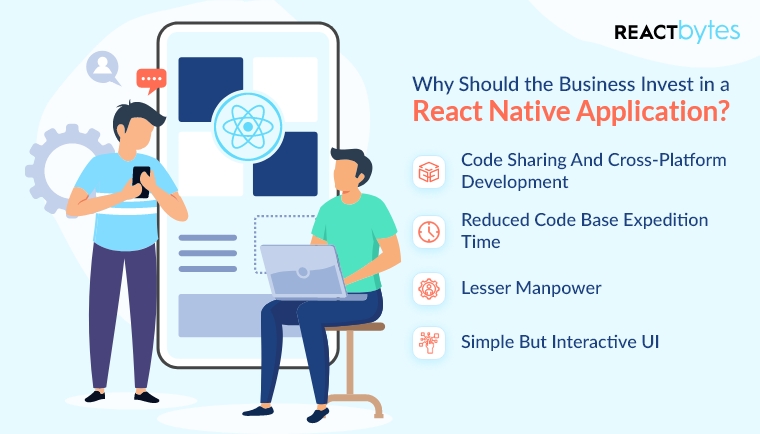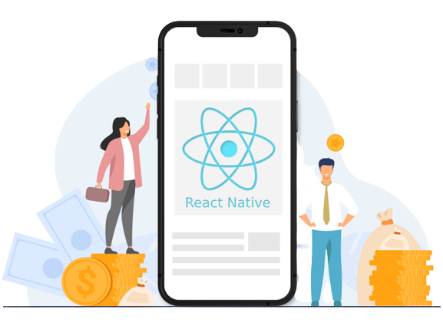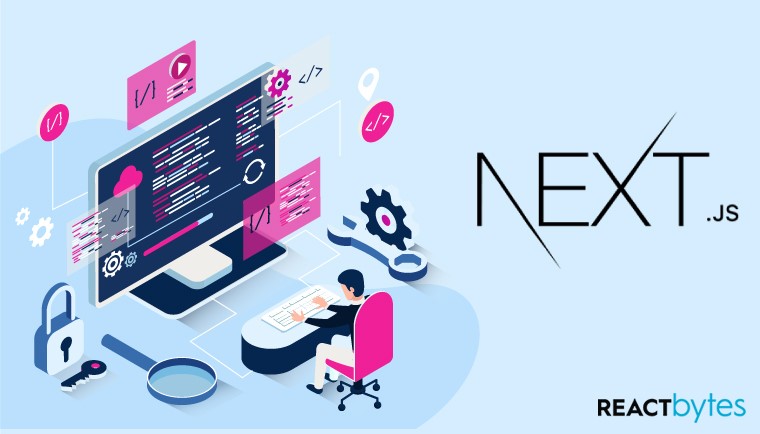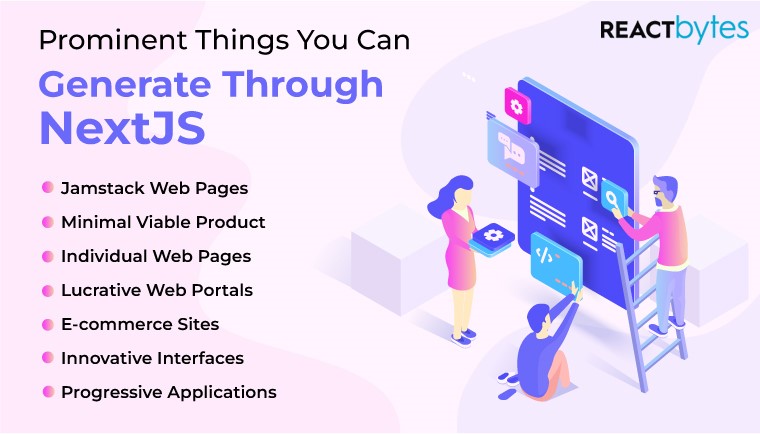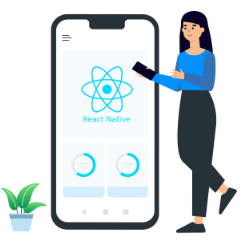React Native has revolutionized mobile app development by enabling developers to use JavaScript and React to build natively rendering mobile applications for iOS and Android. One of the crucial aspects of mobile app development is navigation, which determines how users move between different screens and interact with the app.
This blog will delve into the various navigation libraries available for React Native and the different implementation techniques, providing a comprehensive guide for developers aiming to enhance their app’s user experience.
Why Navigation is Crucial in Mobile Apps?
Navigation is fundamental in mobile apps for several reasons:
- User Experience: Intuitive navigation improves usability, making it easy for users to find what they need.
- Functionality: Efficient navigation ensures that different features of the app are accessible and interconnected.
- Performance: Proper navigation can optimize the app’s performance by managing screen transitions and memory usage.
Key Navigation Libraries in React Native
Several navigation libraries are available for React Native, each with its own strengths and use cases. The three most prominent ones are:
- React Navigation
- React Native Navigation
- React Router Native
1. React Navigation
Overview:
React Navigation is one of the most popular navigation libraries in the React Native ecosystem. It’s a JavaScript-based solution that provides a flexible and extensible approach to handling navigation.
Features:
- Stack Navigator: Allows navigation between different screens where each new screen is placed on top of a stack.
- Tab Navigator: Enables navigation via tabs at the bottom or top of the screen.
- Drawer Navigator: Implements side drawers that slide in from the side of the screen.
- Customizability: Highly customizable with easy theming and styling options.
Pros:
- Well-documented and supported by a large community.
- Flexibility in customizing navigation behavior.
- Integration with Redux and other state management libraries.
Cons:
- Performance might not be as smooth as native solutions, especially for complex navigation structures.
Implementation Example:
To use React Navigation, start by installing the necessary packages:
bash
npm install @react-navigation/native @react-navigation/stack
Set up the navigation container and define a stack navigator:
JavaScript
import * as React from ‘react’;
import { NavigationContainer } from ‘@react-navigation/native’;
import { createStackNavigator } from ‘@react-navigation/stack’;
import HomeScreen from ‘./screens/HomeScreen’;
import DetailsScreen from’./screens/DetailsScreen’;
const Stack = createStackNavigator();
function App() {
return(
<NavigationContainer>
<Stack.Navigator initialRouteName=”Home”>
<Stack.Screenname=”Home” component={HomeScreen} />
<Stack.Screen name=”Details” component={DetailsScreen} />
</Stack.Navigator>
</NavigationContainer>
); }
export default App;
2. React Native Navigation
Overview:
React Native Navigation, developed by Wix, provides a native navigation solution. It leverages native views for navigation, offering a more seamless and performant experience compared to JavaScript-based solutions.
Features:
- Native Performance: Utilizes native components for smoother transitions and better performance.
- Complex Navigation Structures: Supports advanced navigation patterns such as modals, overlays, and deep linking.
- Platform-Specific Customization: Allows for platform-specific customization to match the native look and feel of both iOS and Android.
Pros:
- Superior performance due to native rendering.
- Extensive features for handling complex navigation scenarios.
- Highly customizable to fit specific design needs.
Cons:
- Steeper learning curve compared to React Navigation.
- Requires more boilerplate code for setup.
Implementation Example:
To get started with React Native Navigation:
npm install react-native-navigation
Configure the navigation in the entry point of the application:
import { Navigation } from ‘react-native-navigation’;
import HomeScreen from’./screens/HomeScreen’;
import DetailsScreen from ‘./screens/DetailsScreen’;
Navigation.registerComponent(‘HomeScreen’, () => HomeScreen);
Navigation.registerComponent(‘DetailsScreen’, () => DetailsScreen);
Navigation.events().registerAppLaunchedListener(() => {
Navigation.setRoot({
root: {
stack: {
children: [
{
component: {
name: ‘HomeScreen’
}
}
]
}
}
});
});
3. React Router Native
Overview:
React Router Native brings the power and simplicity of React Router to React Native. It’s ideal for developers who are already familiar with React Router in web development and want a consistent approach across web and mobile platforms.
Features:
- Declarative Routing: Allows you to define navigation using JSX.
- History API: Uses the history API for navigation, similar to how it works in web applications.
- Nested Routes: Supports nested routes and layouts.
Pros:
- Consistent with React Router for web, easing the learning curve.
- Simple and declarative approach to navigation.
- Good for apps that need similar routing logic on both web and mobile.
Cons:
- Performance might not match native solutions.
- Limited advanced navigation features compared to other libraries.
Implementation Example:
Install React Router Native:
npm install react-router-native
Set up the routes using the Router component:
import * as React from ‘react’;
import { NativeRouter, Route, Link } from ‘react-router-native’;
import { View, Text, Button } from ‘react-native’;
function Home() {
return (
<View>
<Text>Home</Text>
<Link to=”/details”><Button title=”Go to Details” /></Link>
</View>
);
}
function Details() {
return (
<View>
<Text>Details</Text>
<Link to=”/”><Button title=”Back to Home” /></Link>
</View>
);
}
function App() {
return (
<NativeRouter>
<Route exact path=”/” component={Home} />
<Route path=”/details”component={Details} />
</NativeRouter>
);
}
export default App;
Comparing Implementation Techniques
Different navigation libraries offer varied implementation techniques and paradigms. Here’s a brief comparison:
- React Navigation: Best suited for most general use cases with its high flexibility and ease of use. It uses a declarative approach and integrates well with React’s component-based architecture.
- React Native Navigation: Ideal for performance-critical applications that require smooth transitions and native feel. It involves more boilerplate code and setup but pays off in performance.
- React Router Native: Perfect for developers familiar with React Router on the web. It provides a consistent development experience but might lack some advanced mobile-specific navigation features.
Choosing the Right Library
The choice of navigation library depends on several factors:
- Project Requirements: For complex and performance-sensitive apps, React Native Navigation is preferable. For simpler apps or those that share logic with web applications, React Navigation or React Router Native can be more suitable.
- Developer Experience: If you or your team is already familiar with React Router, adopting React Router Native can speed up development.
- Community and Support: React Navigation boasts extensive community support and comprehensive documentation, making it a safe choice for most projects.
Conclusion
Understanding and choosing the right navigation library is essential for building effective and user-friendly React Native applications. React Navigation offers flexibility and ease of use, React Native Navigation provides top-notch performance with native components, and React Router Native ensures a consistent approach for web and mobile development.
By comparing these libraries and their implementation techniques, you can make an informed decision tailored to your project’s needs, ensuring a seamless and enjoyable user experience. Happy coding!

